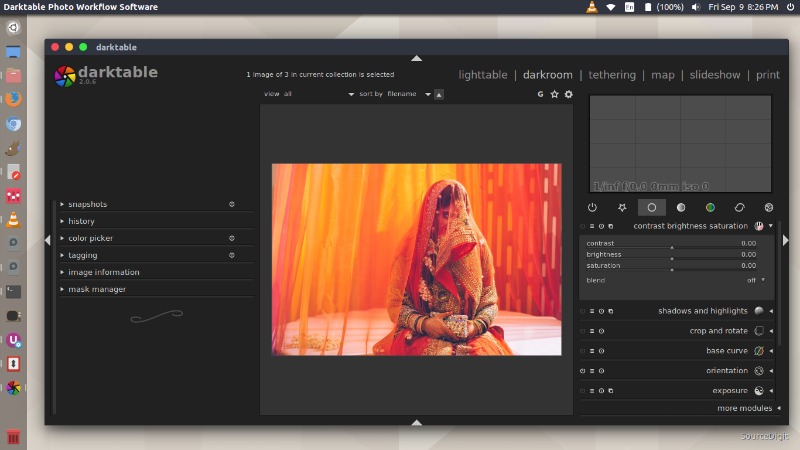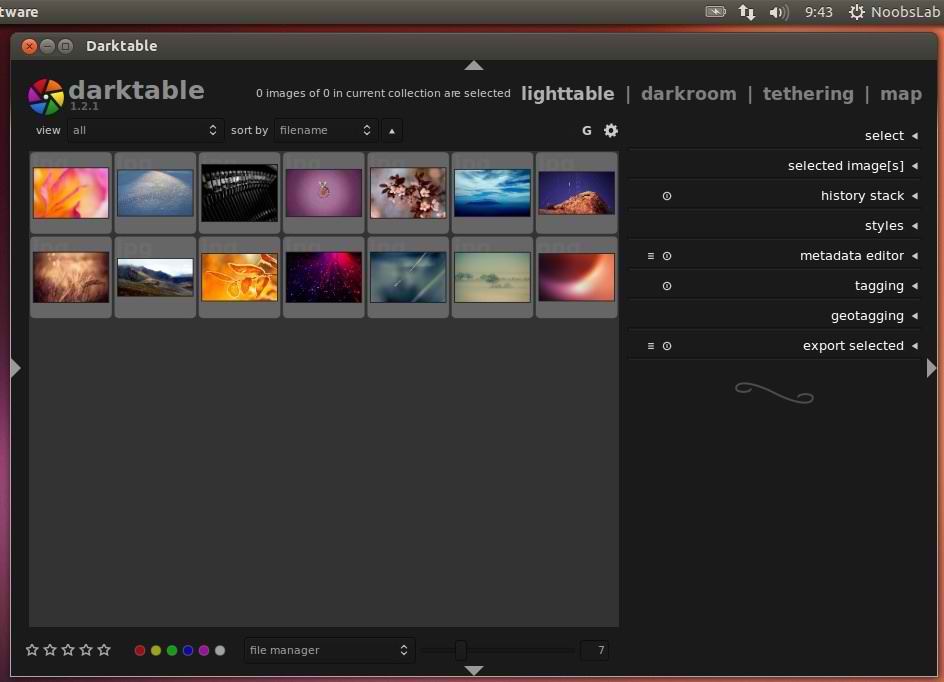
- #DARKTABLE LUT PLUGIN HOW TO#
- #DARKTABLE LUT PLUGIN FULL#
- #DARKTABLE LUT PLUGIN PRO#
- #DARKTABLE LUT PLUGIN SOFTWARE#
I find it quite a nice concept when compared to the alternative being a corporate monopoly. What’s more, this isn’t a closed community but an open one that encourages everyone to get involved if they have the skills.
#DARKTABLE LUT PLUGIN SOFTWARE#
Open source is a term used to describe software like Darktable that has been developed by a community of photography software nerds (said with the highest respect!)Ĭommunity members contribute to the development of the software as well as its ongoing functionality. In a nutshell, Darktable is a free, open-source software solution for photo editing and file management. Keep reading to find out the answers and much more in this Darktable review.
#DARKTABLE LUT PLUGIN PRO#
This probably raises quite a few questions for you – it did for me too! Questions such as, ‘How does it compare to what I currently have?’, ‘How good can free software be?’ and ‘Is it suitable for pro photographers?’. (We already wrote a comparison of Darktable vs Lightroom.) I’ll explain what I mean in more detail shortly.Īdobe products dominate our consciousness due to their popularity, the company’s marketing strength, and the community bias towards them.īut, if you’re sick of paying for photo editing software and are looking for an alternative to Adobe, then Darktable may be for you. There are countless options for photo editing and file management software but all too often we fall into what I call the Lightroom Trap. Usually you won’t see any difference between interpolation methods except with smaller sized LUTs.In this review, we’re going to take an in-depth look at Darktable – a free photo editing solution that many consider an alternative to Lightroom and other paid apps. There are three interpolation methods available: tetrahedral (default), trilinear and pyramid.
#DARKTABLE LUT PLUGIN HOW TO#
interpolation This defines how to calculate output colors when input colors are not exactly on a node of the RGB cube described by the 3D LUT. Cube files are usually related to REC.709 while most others are related to sRGB. Choose the color space for which the selected 3D LUT file has been built. application color space A 3D LUT is defined relative to a specific color space. File selection is inactive if the 3D LUT root folder has not been defined in preferences > processing. 🔗module controls file selection Choose the 3D LUT file to use. Please note that this use case has not yet been tested. The “input profile” of input color profile module should be aligned with the output of the LUT. Once you have done this, you can no longer choose an “application color space”. In this case the lut 3D module should be manually placed between the demosaic and input color profile modules. To limit the risk, a color grading LUT should have been created to work with one of the available “application color spaces” (see below), for both the input and the output of the module.Ĭamera log LUTs (as F-log or S-Log3) are different to color-grading and film-look-simulation LUTs, and are intended to convert the camera log raw data into something (linear raw data or other color space) that darktable is able to understand.

While you can find hundreds of free LUTs on the internet, you should note that not all of them are compatible with the darktable environment and workflow – incompatible LUTs will not produce the advertised look. For this reason, by default, the module is placed after the filmic rgb module in the pixelpipe and should be applied to a neutral image (without first applying a specific look). LUTs are most commonly used in darktable for color grading or film look simulation. You may have to reduce the range of the input before applying. Note: the module clips all values outside of the range.
#DARKTABLE LUT PLUGIN FULL#
This format can hold a full library of LUTs, and LUT data loaded from this type of file can be saved to the database and XMP files.

gmz is only available when GMIC is installed. It is therefore important to back up your 3D LUT folder properly – sharing an image with its XMP is pointless if the recipient doesn’t also have the same 3D LUT file in their own 3D LUT folder. Uncompressed 3D LUT data is not saved in the database or the XMP file, but is instead saved to the 3D LUT file path inside the 3D LUT root folder. It is normally used for film simulation and color grading. A 3D LUT is a tridimensional table that is used to transform a given RGB value into another RGB value.


 0 kommentar(er)
0 kommentar(er)
